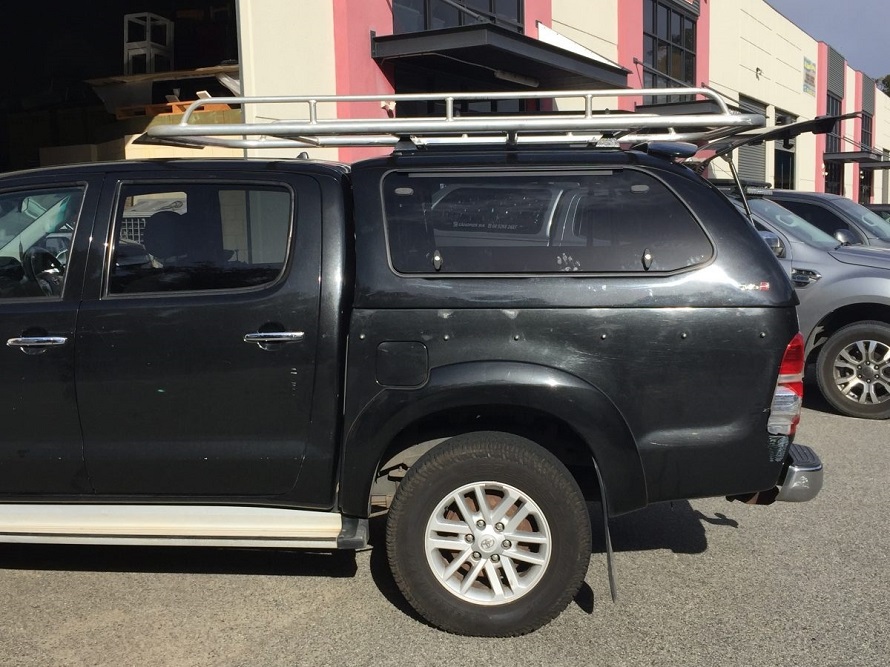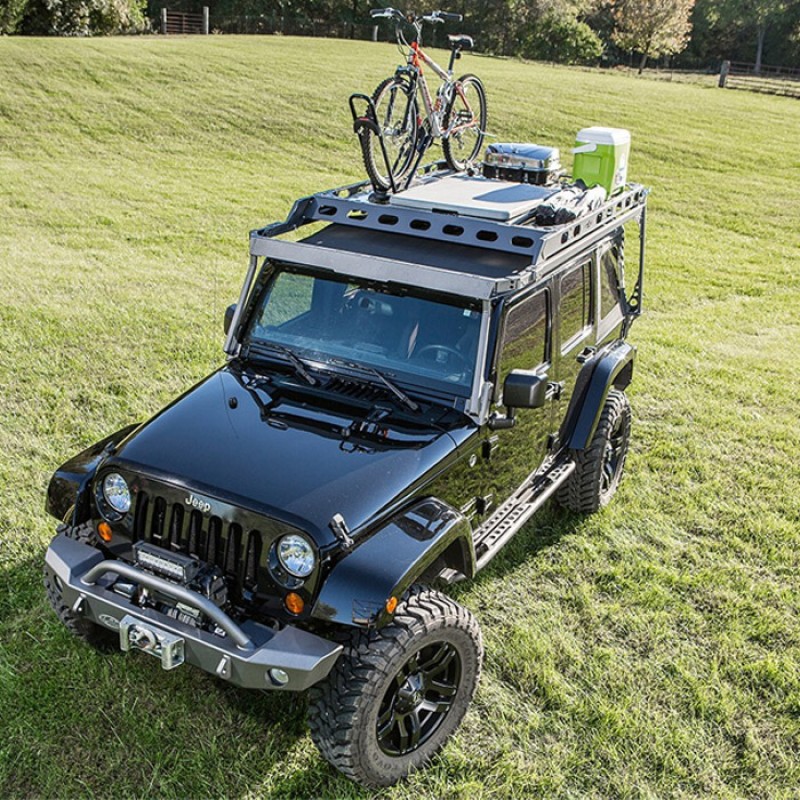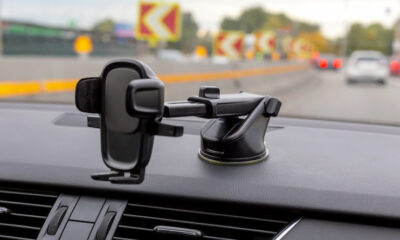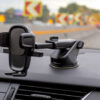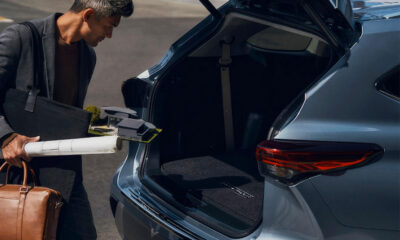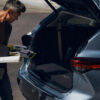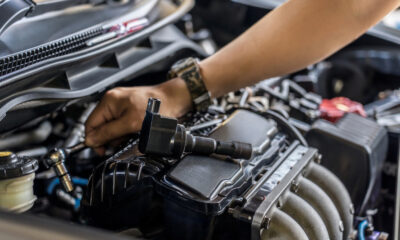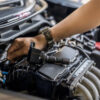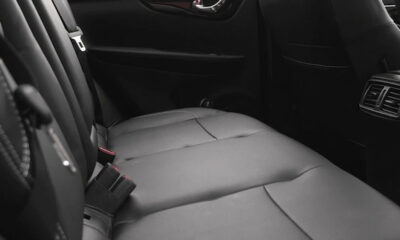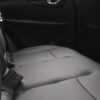Automotive
5 Features to Look for in Ute Canopy Roof Racks and 4 Safety Tips
Utes are already among the most versatile vehicles on Australian roads and off-road trails. By combining cargo-carrying capacity with the ease of handling familiar in everyday commuting, these dependable machines serve well on worksites, camping trips, and everything in between. However, you can significantly enhance this capability with the right canopy—and more specifically, with the right ute canopy roof racks. From protecting tools to expanding luggage space and enabling new setups for off-road exploration, a roof rack extends the functionality of your canopy in countless ways.
What Matters in a Canopy Roof Rack
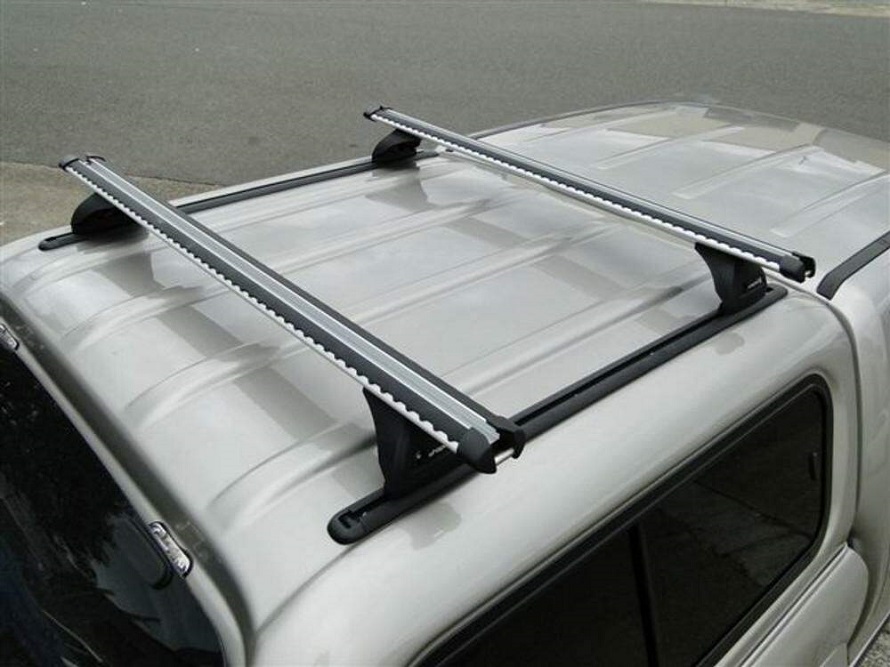
source: facebook.com
1. Material
The construction material of your canopy roof rack directly influences durability, weight, and corrosion resistance. Typically, you’ll see racks made from:
- Steel: Heavy but extremely strong. Steel racks are lauded for their toughness, although they can be prone to corrosion over time, especially if they’re not galvanized or regularly maintained. If longevity is your priority and you’re willing to keep an eye on rust prevention, a steel rack can perform admirably even under heavy loads.
- Aluminium: Offers a solid middle ground between strength and weight. Aluminium racks are more corrosion-resistant than steel, making them ideal for regular exposure to harsh weather and coastal conditions. Though they might not match steel in raw strength, a well-made aluminium rack can handle a substantial load while being lighter on the vehicle.
- Fibreglass: Lightweight and resistant to corrosion, fibreglass racks are strong enough to manage moderate to heavy loads, though they tend to be more expensive. This material is particularly suitable for drivers who want a sleek, modern look while maintaining a durable, rust-free finish.
Since racks endure constant exposure to the elements—rain, salt, dust, and intense sunlight—material choice should reflect how you plan to use your ute in both the short and long term.
2. Design
The design of a canopy roof rack encompasses more than just its appearance. A well-engineered rack will incorporate:
- Reinforced frames: To handle heavier loads, the rack should come with sturdy brackets or frames that distribute weight effectively across the canopy.
- Quality welds: Weak or inconsistent welds can jeopardise the overall integrity. Always check for neat, uniform welds that indicate professional workmanship.
- Rugged finish: Powder-coating or specialized protective coatings help safeguard against scratching, chipping, and corrosion. This ensures your rack can take on the harshest environments without deteriorating prematurely.
While aesthetic appeal isn’t the top priority, there’s nothing wrong with appreciating a clean, well-finished design that also complements your canopy’s lines.
3. Dimensions
Even the best-built roof rack is ineffective if it’s not compatible with your canopy’s dimensions. Always check the manufacturer’s recommendations regarding width and length. If the rack is too large, you’ll struggle to secure it properly. If it’s too small, you risk underutilizing your available space and facing awkward overhangs that can affect both handling and aesthetics. The perfect fit is critical not only for functionality but also for safety.
4. Accessories
Though canopy roof racks themselves don’t typically come with an extensive array of accessories, certain add-ons can significantly enhance their convenience:
- Jerry can holders: Essential for extended outback trips, letting you carry additional fuel or water safely.
- Additional lights: Whether for work or navigating campgrounds in the dark, lights mounted to the rack can make nighttime tasks much easier.
- Extra tie-down points: A boon for safely securing longer or awkwardly shaped items such as shovels, axes, or even kayak paddles.
If you anticipate specialized needs, consider a rack system that offers compatible attachments so you can gradually expand its capabilities.
5. Load Rating
The load rating is one of the most vital aspects to consider. It tells you exactly how much weight the rack can handle without compromising the canopy or the ute’s structural integrity. Pushing the load rating can cause stress fractures, reduce handling, or even damage your canopy’s roof.
Always consider the Gross Vehicle Mass (GVM) of your ute, which includes the combined weight of the vehicle itself, passengers, cargo, and any additional modifications. Ensuring that your roof rack’s maximum load aligns with your ute’s GVM keeps both you and other road users safe.
Canopy Roof Rack Safety Tips
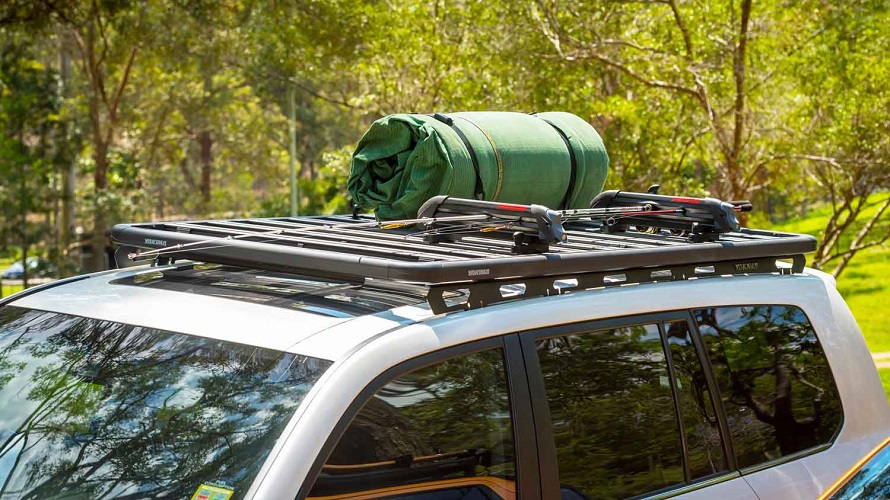
source: facebook.com
1. Fit
Before setting off, confirm that your canopy roof rack is installed correctly. If it wobbles or shows any signs of shifting when you apply pressure, check the attachment points. Use appropriate brackets, screws, or clamps recommended by the rack manufacturer. It’s often best to follow a professional installation or seek guidance from someone with experience in fitting canopy accessories. A stable mount is fundamental to safe driving, especially when encountering bumps or rough terrain.
2. Luggage
Not all racks suit every type of cargo. If yours has raised edges or rails, it might better accommodate bulky luggage or items like a big cooler or storage boxes. Conversely, a rack without rails can be excellent for longer items—such as ladders, pipes, or planks. Assess the cargo you intend to carry and choose (or configure) a roof rack that maximises safety and convenience. Misuse of the rack design can lead to instability on the road and potential damage to your belongings.
3. Secure
Even with a suitable design, how you strap down your gear can make or break the trip. Use high-quality tie-downs, ratchet straps, or bungee cords—preferably ones with minimal stretch and secure locking mechanisms. The heavier and bulkier the items, the more strapping points you should use. Double-check knots and fasteners before hitting the road. If you notice any slack after driving a short distance, tighten it immediately. Proper security prevents costly mishaps and ensures your load doesn’t shift suddenly during harsh braking or sharp turns.
4. Check
Inspection remains a critical habit. Each time you embark on a journey—especially a long one—examine your canopy roof rack for signs of wear, rust, or damage. Inspect weld points and brackets to make sure they haven’t been compromised by off-road vibrations or metal fatigue. Tighten any loose bolts and look for cracks or bends in the rack’s structure. Regular checks keep small issues from escalating into major problems and assure you that everything is shipshape before you head out on an adventure.


